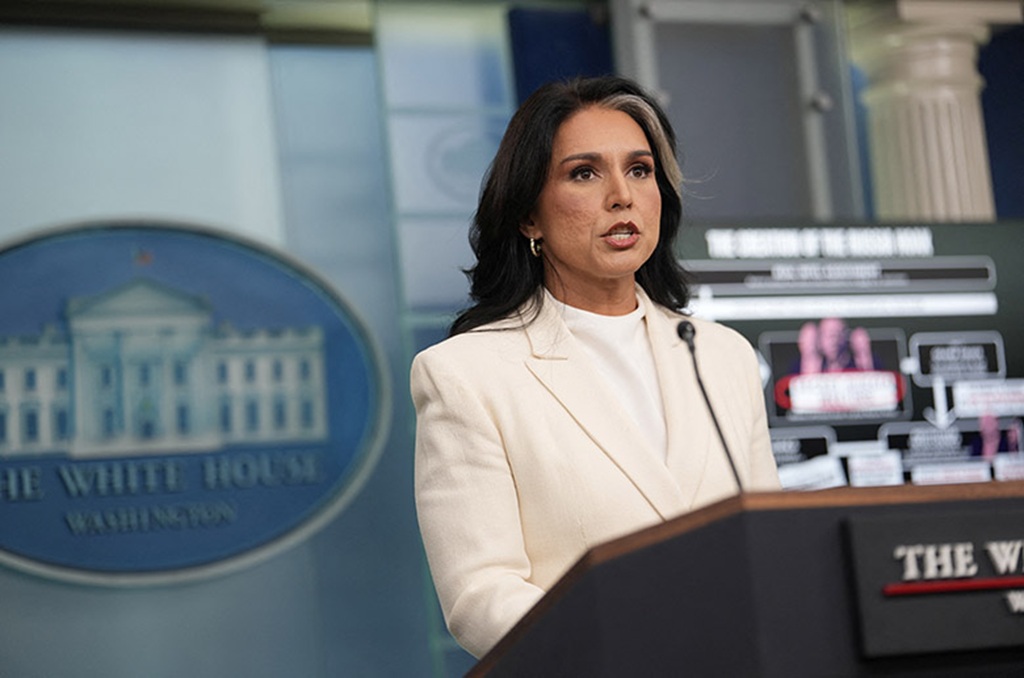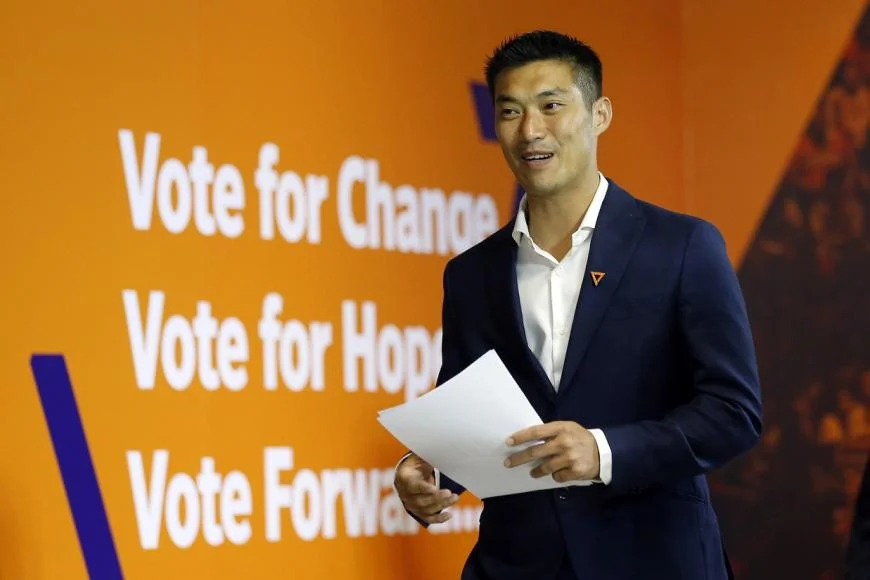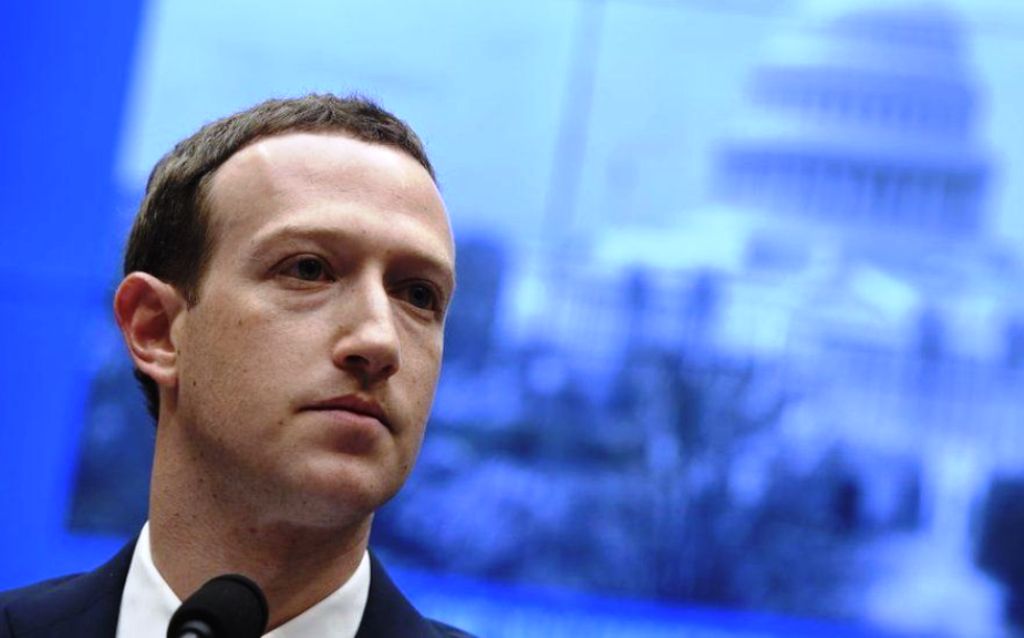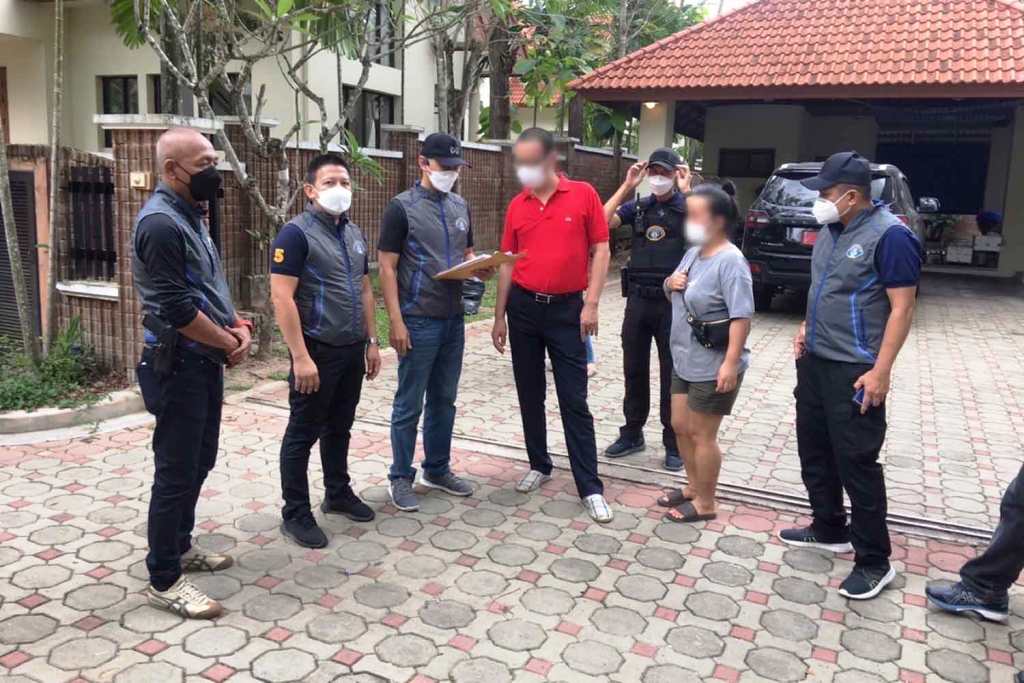News
Obama Ordered Intel to Orchestrate a Russia Meddling Story
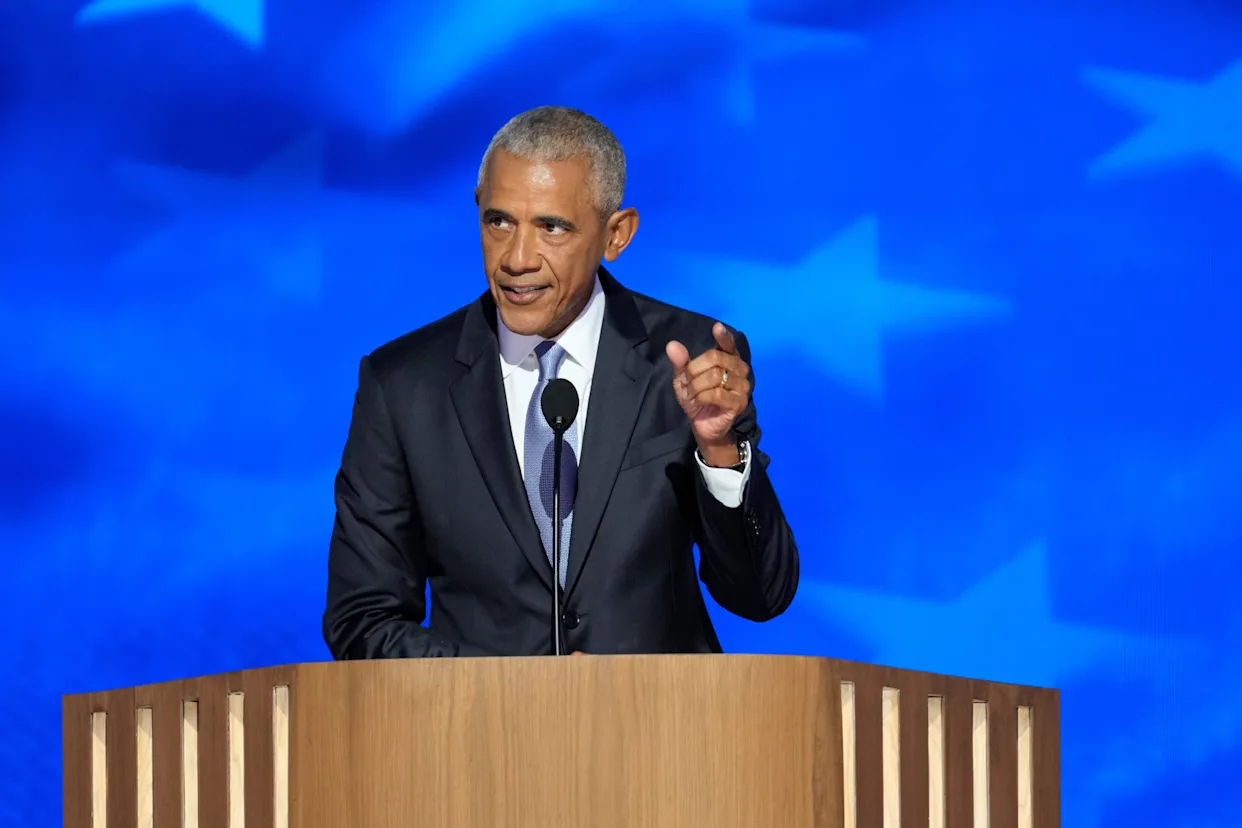
WASHINGTON, D.C. – A major disclosure could redraw the story of the 2016 U.S. presidential election. Tulsi Gabbard, the current Director of National Intelligence, has released over 100 pages of records that claim former President Barack Obama and top national security aides altered intelligence to shape a story about Russian meddling.
Gabbard’s team is calling the release “The Russia Hoax” and says officials committed a “treasonous conspiracy” to weaken Donald Trump’s win over Hillary Clinton. This move has put the spotlight on the intelligence community and sparked a debate on whether national security was used for political ends.
These declassified files, made public on July 18, 2025, include emails, notes, and private discussions. The records detail an alleged plan among Obama’s trusted advisers—James Clapper, John Brennan, James Comey, Susan Rice, and Loretta Lynch—to create and leak misleading intelligence reports.
Gabbard claims this was done to cast doubt on Trump’s win and launch what she calls a “years-long coup” against his presidency. The documents, now with the Justice Department, suggest the Obama team took drastic steps to reverse the voters’ choice.
Obama Changing Intelligence Reports
Gabbard’s claims focus on a shift in official findings before and after the election. She points to assessments in the months before November 2016 where agencies stated Russia was “probably not trying…to influence the election by using cyber means.”
A draft of the President’s Daily Brief from December 8, 2016, written by the CIA, NSA, FBI, and DHS, said Russia “did not impact recent U.S. election results” with cyberattacks. This draft, according to emails, was later withdrawn after the White House gave “new guidance.”
On December 9, 2016, Obama gathered his top security staff in the Situation Room. Reports say officials like Clapper, Brennan, and Rice were told to put together a new assessment alleging Russia helped Trump win. This new stance clashed with earlier views.
By January 6, 2017, just before Trump took office, the Obama administration released a public report saying Russia interfered in the election. Gabbard argues this report relied heavily on the Steele dossier, a paper funded by the Clinton campaign and put together by former British spy Christopher Steele, which has faced criticism for using unverified claims.
The report from Gabbard says this update “suppressed” findings that Russia neither tried nor was able to change the results. A whistleblower from the Office of the Director of National Intelligence (ODNI) is cited, saying they were ignored after asking about inconsistencies and barred from getting “further information” tied to the new story.
The documents claim insiders began leaking false tips to major media like the Washington Post, suggesting Russia used hacking tactics to sway the vote and setting off a frenzy that drove headlines and investigations for years.
Role of the Steele Dossier and Media Coverage
Gabbard highlights the Steele dossier’s influence in shaping the official story. Though widely seen as unreliable by many in intelligence, she says the Obama administration still used the dossier in the January 2017 intelligence report and brushed aside those who questioned it.
The documents show multiple leaks to the press soon after the December 9 meeting. That same day, the Washington Post published a claim from anonymous sources that the CIA believed Russia helped Trump. Gabbard insists these leaks were part of a planned effort to sell a politically motivated story and undermine Trump’s victory.
The reaction was huge: Russia’s interference dominated news, prompted the Mueller investigation, worsened relations with Russia, and led to several Trump associates being charged or jailed. The issue caused deep splits across the country.
Political Debate and Pushback
Gabbard’s findings have set off a heated argument. Democrats, including Senator Mark Warner, the Senate Intelligence Committee’s vice chair, say the claims are “politically motivated” and full of mistakes.
Warner references a bipartisan Senate investigation from Trump’s first term that said Russia did try to sway the 2016 election, but found no sign that the 2016 assessment was rigged for politics or that the Trump campaign worked with Russia.
Representative Jim Himes, ranking Democrat on the House Intelligence Committee, called Gabbard’s treason charges “baseless.” He maintains the intelligence community’s findings were carefully reviewed.
Some critics point to Gabbard’s lack of intelligence experience and previous comments that appeared sympathetic to Vladimir Putin. Her appointment as intelligence director came in February 2025 under Trump and passed the Senate by a tight vote.
Her record of echoing Russian viewpoints in the Ukraine conflict has drawn attention from Democrats, who say she is twisting findings to fit Trump’s story. The administration is already facing scrutiny over other issues, like the delayed release of Epstein files.
Republicans have rallied behind Gabbard’s report. Speaker of the House Mike Johnson called the documents proof of taking down the so-called “Deep State.” On social media, Trump supporters are demanding that Obama-era officials be held accountable.
The news has renewed debate about the Mueller investigation, which said Russia did try to interfere in sweeping fashion but did not find coordination with Trump’s campaign. Gabbard and her supporters argue that this investigation, which cost nearly $40 million, started with false information.
A Country on Edge
The fallout from Gabbard’s report could be wide-reaching. If the allegations are true, they suggest the Obama administration tried to undo the results of a democratic election. The Russia narrative made the U.S. more divided, heightened tensions with Russia, and overshadowed Trump’s first term.
But many still question the report’s trustworthiness. While early intelligence reports underplayed Russia’s efforts, later investigations like Mueller’s and the Senate’s found Russia had used hacking and disinformation—such as hacking Democratic National Committee emails—to try to influence the outcome. Gabbard’s heavy use of the whistleblower’s claims and her take on the Steele dossier’s role are being doubted by those who say the dossier was just one piece of a larger puzzle.
With the Justice Department now reviewing the documents, the country is watching for legal and political fallout. Gabbard is pushing for charges against Obama, Clapper, Brennan, Comey, and others, raising the rare accusation of treason. Whether these claims result in charges or just keep fueling the culture wars isn’t clear.
The release has reopened old wounds, bringing the 2016 election and debate over the “Deep State” back into the spotlight. One comment circulating online sums up the mood among some: “Tulsi Gabbard dropping these declassified bombshells proves Obama orchestrated a full-on deception to smear Trump with that Russia hoax.
The IC’s draft brief from 2016 says NO real election impact? That’s the nail in the coffin for his legacy!” Whether true or just more partisan heat, these revelations guarantee that arguments over the 2016 election won’t fade soon.
The Obama administration has not offered a public reply. The Justice Department has declined to comment on possible investigations. As the story moves forward, it’s clear that debates over the last decade’s election are far from settled.
Related News:
Zuckerberg to Allow Violent Speech on Russia After Facebook Blocked
News
The Democrats’ Great Betrayal, Champions of the Working Man to Handmaids of the Elite
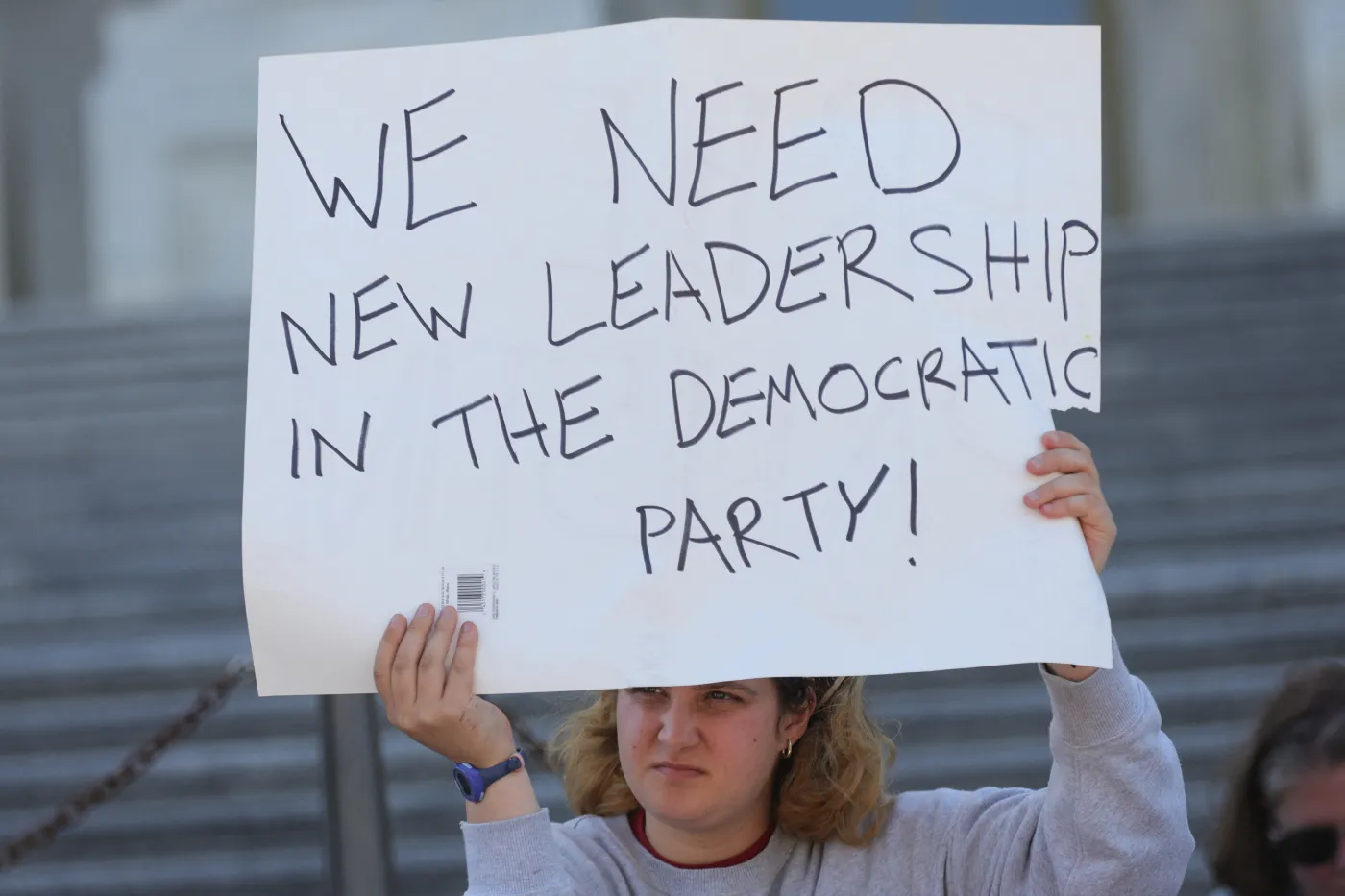
WASHINGTON, DC – Once the champion of the American worker, Democrats now look like a fortress for the wealthy and the well-connected. The party that built its brand on lunch‑pail voters has turned its back on them, trading grit for glam.
After the 2024 shakeup, with President Donald J. Trump returning to the White House on a surge of working‑class anger, fresh polling shows a brutal slide. CNN surveys track a steady flight of voters that threatens to sideline the party for years.
While blue strongholds struggle with crime and drug crises, Democratic leaders seem more focused on partisan theatre and permissive border policies than public safety and prosperity. This is not a minor course correction; it is a clear break with the heartland that handed the GOP a growing, multiracial working‑class coalition.
The data is stark. A March 2025 CNN poll by SSRS put Democratic favorability at 29 percent, the lowest in the network’s tracking since 1992. That marks a 20‑point drop from January 2021, when Joe Biden took office amid the Jan. 6 fallout. Among Democrats, frustration is intense, with 57 percent wanting party leaders to block the Republican agenda at any cost rather than reach any compromise.
By July 2025, CNN found favorability slipping to 28 percent, and base enthusiasm thinning out. NBC News reported Democratic approval at 27 percent in the same window, the lowest since 1990, driven by voters who now view the party as out of touch and fixated on culture wars.
Together, these polls show a major shift. The working class, once core to the Democratic coalition, is moving to the GOP. Exit polls from 2024 show Trump winning 56 percent of non‑college voters, a group that makes up about 60 percent of the electorate, up from 50 percent in 2020. Support among white working‑class voters reached 66 percent, but the bigger story is the spread.
Trump won 45 percent of Latino working‑class voters and 20 percent of Black workers, breaking a long pattern of Democratic strength. Ruy Teixeira, a veteran Democratic analyst, wrote at Brookings that this stems from the party’s failure to offer an economic message that blue‑collar voters trust.
By July 2025, a Unite the Country super PAC survey found white men, Hispanic men, and working‑class voters calling Democrats woke, weak, and out of touch, with approval under 35 percent across groups.
The Billionaire Pivot: Donors Over Doers
At the root of this shift is a strategic tradeoff. Democrats have swapped the loyalties of factory floors for the donations of Silicon Valley and Wall Street. The party of Franklin D. Roosevelt once called out “economic royalists.” Today, as Newsweek reported in 2023, Democrats look like the party of the rich. Biden’s 2020 campaign raised nearly $200 million from six‑figure donors in tech and finance, far outpacing contributions from everyday workers.
The transformation is visible in the map. A 2025 New York Times op‑ed by reporter Aidan Mullins noted that Democratic districts went from among the poorest in 2009 to the richest by 2023, as well‑heeled suburbs turned blue.
Kamala Harris’s 2024 run highlighted the trend, with endorsements from crypto executives and Hollywood figures while signalling an open door to an industry Biden had targeted. LinkedIn co‑founder Reid Hoffman, a major donor, even mused after the election about hedging his bets against a Harris loss.
This deference to donors has drained the party’s core identity. A former fundraiser told Newsweek that candidates spend most of their time talking to the rich, chasing niche issues like open‑ended Ukraine aid, now at $175 billion and climbing, while working‑class communities absorb the blows of decades of trade policy.
The policy tilt is clear. Biden’s Build Back Better plan included a costly tax provision that helped high earners. Senate Majority Leader Chuck Schumer’s 2016 strategy, lose one blue‑collar Democrat in Pennsylvania, win two suburban Republicans, proved accurate but damaging.
By 2024, non‑college white voters backed Trump 56 to 42, and Democrats now win majorities only among college‑educated white voters, a slice that is about 15 percent of the electorate.
Writers like Thomas Frank warned years ago that chasing professional‑class voters, tech workers, and consultants would alienate the industrial core. The party pressed on. Harris campaigned with Dallas Mavericks owner Mark Cuban, who pushed to remove antitrust chief Lina Khan.
No surprise that a 2025 Axios analysis by Democratic pollster David Shor reported fading margins among nonwhite voters, with young men of all backgrounds moving right by double digits.
Blue‑Collar Revolt: The Working Class Goes Red
The party’s snub of working people fueled a populist backlash. Trump won a large share of voters earning under $50,000 in 2024, a group Barack Obama carried by 28 points in 2008, but Harris lost outright.
NPR’s review quoted Penn Statelabour professor Paul Clark, who said the long decline in working‑class support reached a breaking point, with non‑college voters backing Trump by a two‑to‑one margin. Union households, once a reliable firewall, dropped from 60 percent for Biden in 2020 to a slim Harris edge in 2024, according to NBC’s exit polls.
This shift crosses racial lines. Brookings estimates show Trump’s share of Latino working‑class voters up from 25 percent in 2020 to 33 percent in 2024, and Black working‑class support up to 13 percent. In Philadelphia’s working‑class wards, Trump gained about 10 points and helped flip Bucks County. A Deseret News/HarrisX survey found 40 percent of working‑class voters aligning with Republicans, compared with 36 percent with Democrats, a reversal from the Obama years.
The reasons are not hard to see. Many voters recoil at the party’s culture agenda, from DEI mandates to new language rules and debates on gender identity. Manuel Pastor at USC’s Equity Research Institute noted that Trump’s supposed existential threat to minority communities failed to hold in 2024. Voters wanted jobs and lower costs. NBC reported on Democrats’ efforts to rebuild ties with workers, but insiders said the shift came late, after years of ignoring warning signs.
In swing states, the damage is severe. Pennsylvania’s Democratic registration edge narrowed from 517,000 in 2020 to 53,000 by mid‑2025. About 314,000 registered Democrats switched to the GOP, compared to 161,000 in the other direction. Nevada lost its blue lean. A New York Times review of L2 data across 30 states found 160,000 fewer Democrats and 200,000 more Republicans since Election Day 2024. There is no visible backlash to Trump.
Blue Cities in Crisis: Crime, Drugs, and a Shrug
The failure is most visible in blue‑run cities, once vibrant, now scarred by fentanyl, theft, and disorder. San Francisco became a symbol of street chaos during Mayor London Breed’s tenure. Overdose deaths spiked roughly 40 percent during the pandemic. In Philadelphia, the Kensington area became ground zero for the opioid disaster, with more than 1,000 overdose deaths in 2024. Progressive prosecutors like Larry Krasner pulled back on retail theft and drug cases, and corner stores paid the price.
National data tracks a mixed picture. Overall, all violent crime fell in 2024, according to FBI figures, but many large cities did not share in the gains. The Council on Criminal Justice reported in mid‑2025 that droffencesses held steady or increased in 21 major metros. Larceny was down only 6 percent from pandemic highs, and shoplifting rose 10 percent compared to 2019.
Baltimore improved its homicide clearance rate to 68 percent in 2024, up from a low point near the Freddie Gray era, yet the city still struggles with entrenched violence. Detroit battles deadly drug markets, and Portland’s homeless encampments, aided by drug decriminalization, often turn dangerous.
Voters pushed back. In March 2024, San Francisco passed measures requiring drug screening for certain welfare recipients and easing police pursuit rules, both by wide margins. Washington, D.C.’s council voted to increase pretrial detention that same month. California’s Prop 36, toughening fentanyl penalties, passed in November 2024 despite party leaders’ resistance.
These outcomes did not happen by chance. Policies that cut police ranks and discourage enforcement invited chaos. A Daily Signal report counted a surge in New York City offences under Mayor Eric Adams, up from about 454,000 in 2021 to 580,000 in 2024. In Boston, Beacon Hill saw open drug use after Mayor Michelle Wu expanded harm reduction. “It used to be beautiful, now it is a violent, drug‑infested mess,” one resident said.
Partisan Theatre Over People
While neighbourhoods battled rising violence, many Democrats chose rhetoric over results. In Chicago, homicides rose 10 percent early in 2025, according to local police. Yet leaders like Gavin Newsom kept a busy donor schedule. D.C. Mayor Muriel Bowser attended a dinner maskless hours before ordering citywide mandates. In Congress, Democrats under Chuck Schumer voted with Republicans to avoid a shutdown, infuriating activists who demanded hard‑line obstruction.
The split widened over sanctuary policies. Illinois, Minnesota, and New York officials defended local laws in House hearings, arguing they protect immigrants and public safety. House Oversight Chair James Comer called these policies reckless, saying they shelter criminal noncitizens and endanger residents. The killing of Laken Riley became a flashpoint, with critics blasting public spending on migrants while veterans struggle.
Border Priorities: Immigrants First, Citizens Last
The border fight sealed the break. Biden’s parole programs brought a flood of crossings before the end of Title 42, with reports of 11,000 encounters on a single day. Sanctuary cities reached capacity and began busing migrants elsewhere. White House Press Secretary Karoline Leavitt called it mind‑boggling, saying Democrats defend criminal gang members over law‑abiding citizens.
Policy choices sent a clear message. Ways and Means Chair Jason Smith said Democrats pushed to restore funding that would have extended Obamacare‑style benefits to noncitizens at a cost near $200 billion. Sen. Marsha Blackburn accused Democrats of putting migrants ahead of veterans and schoolchildren. Research by the Center for Immigration Studies traced the party’s shift, from seeing high immigration as a problem in the 1990s to backing broad legal status by the end of Biden’s term, with 85 percent supporting a path to citizenship for long‑term unlawful residents.
Pew data highlights the divide. About 91 percent of Republicans prioritize border security. Only 59 percent of Democrats say the same. A majority of moderate Democrats favour cuts to illegal crossings, while just a quarter of liberals do. Trump’s mass deportation plans poll near 60 percent approval. Harris’s pathway pitch fell flat. As one lifelong Democrat told the New York Times, “We are being flooded with immigrants who are prioritized over the needs of citizens.”
A Party Adrift: Can Democrats Find Their Way Back?
By August 2025, the New York Times counted Democrats down 430,000 registrants outside Pennsylvania and Nevada. Latino voters now choose parties at roughly a 33 percent Democratic clip. A Harvard CAPS/Harris survey found 71 percent of voters want new moderate leaders, while Democratic approval sits at 37 percent, underwater since 2018. The Wall Street Journal reported 63 percent unfavourable views in July, a 35‑year low.
Anat Shenker‑Osorio’s focus groups paint a picture of a party seen as timid and elitist, prey for GOP attack dogs. History offers examples of reinvention, with Democrats rebounding after 1968 and after Watergate. Today’s challenge is tougher. The Senate map leans red, and the Electoral College edge is slipping in once solid blue states.
For now, working‑class voters keep moving right. Trump’s coalition of white ethnics, Latin labourers, and Black tradespeople gives Republicans a strong base. Democrats, tied to big donors and soft border stances, face a crisis of purpose. Without a return to the diner counter and the factory floor, the party that once spoke for everyday people will keep serving the priorities of the powerful.
Related News:
The Democratic Party’s Reckoning: From People’s Champion to Elite Enclave
News
The Radical Left’s Courtship of Islam is a Road to Self-Defeat
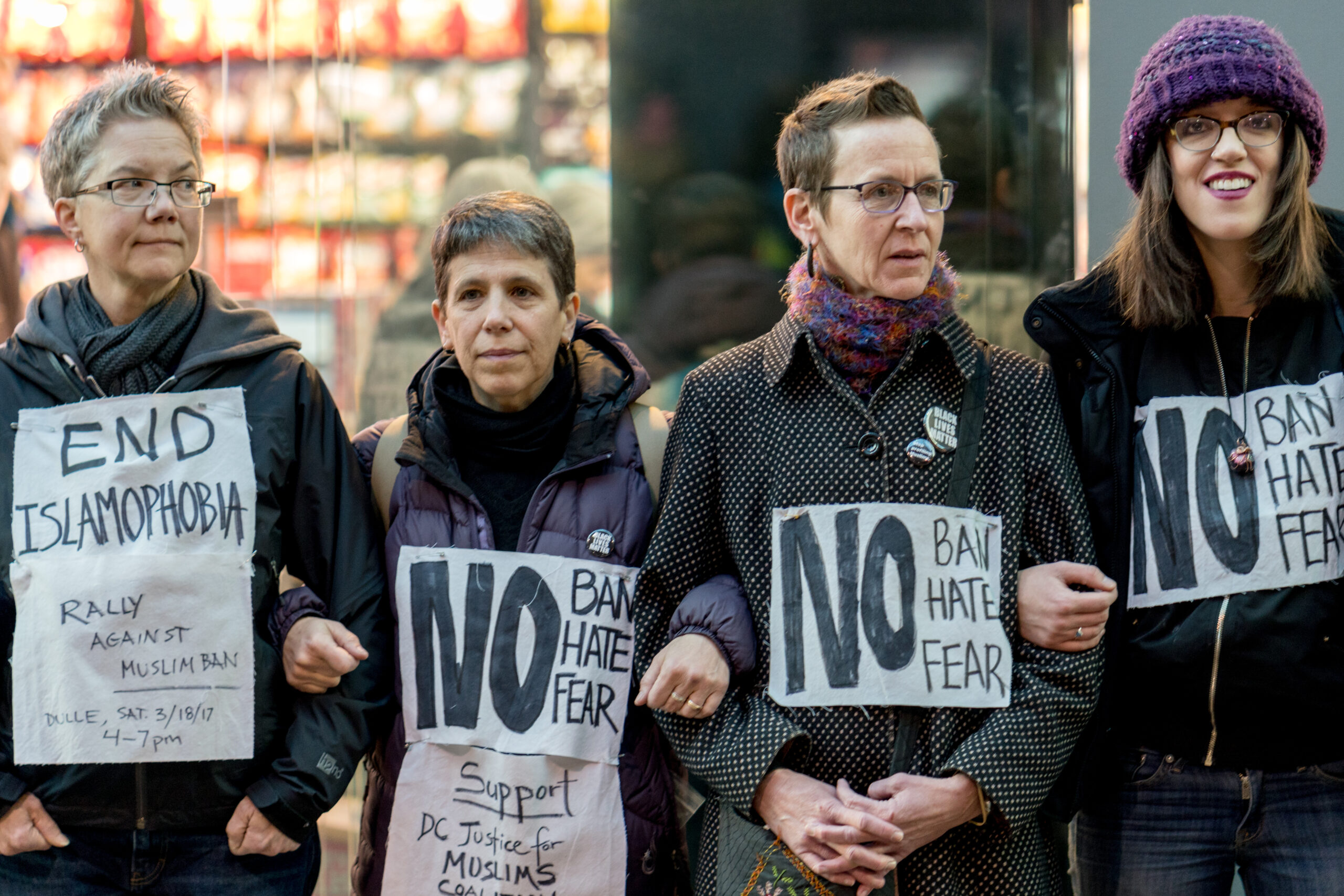
For years, the radical left across the West has styled itself as a defender of inclusion and multicultural ideals. It has often aligned with Islam and groups seen as standing against established power. Among these, support for Islam, especially its conservative strands, has grown into a puzzling and risky project.
This bond is built on shared opposition to Western traditions and claims of imperialism. Yet it masks a clear clash. Core left-wing blocs, such as LGBTQ campaigners, feminists, and supporters of gender fluidity, disagree with key tenets of orthodox Islamic doctrine and Sharia.
At the same time, relaxed migration policies have helped create segregated pockets that reject mainstream norms, driving conflict with the very values the left promotes.
This piece outlines why the left’s alignment with conservative Islam could weaken its base, fracture its message, and strengthen groups that resist integration and reject progressive priorities.
Fragile Allies and a Contradictory Pact
In Western Europe and North America, the radical left champions those it views as marginalised. That includes LGBTQ people, women pushing for fair treatment, and those who reject fixed gender roles.
These movements have worked for decades to shift laws and culture. Yet the left’s support for Islam as a foil to Western conservatism has created a clear contradiction. Conservative Islamic teaching often rejects the ideals that these groups hold dear.
Traditional readings of the Quran and Hadith, and systems based on Sharia in several Muslim-majority states, condemn homosexual acts, uphold strict gender roles, and do not recognise gender fluidity. In places such as Saudi Arabia and Iran, same-sex relations can bring prison, lashings, or death.
Women face limits on dress, movement, and autonomy that clash with feminist aims. Ideas like non-binary identities or self-selected pronouns do not appear in classical Islamic theology, which rests on a binary view rooted in biological sex.
Even so, many on the radical left frame Muslim communities as targets of bias who need protection from what they call Islamophobia. The argument leans on a shared stance against Western hegemony, capitalism, and Judeo-Christian norms.
Supporters claim Muslims in the West face systemic unfairness and belong in the same camp as other disadvantaged groups. This ignores a hard truth. Many conservative Muslim migrants do not share progressive ideals. They often arrive with beliefs and customs that sit at odds with a liberal, egalitarian vision.
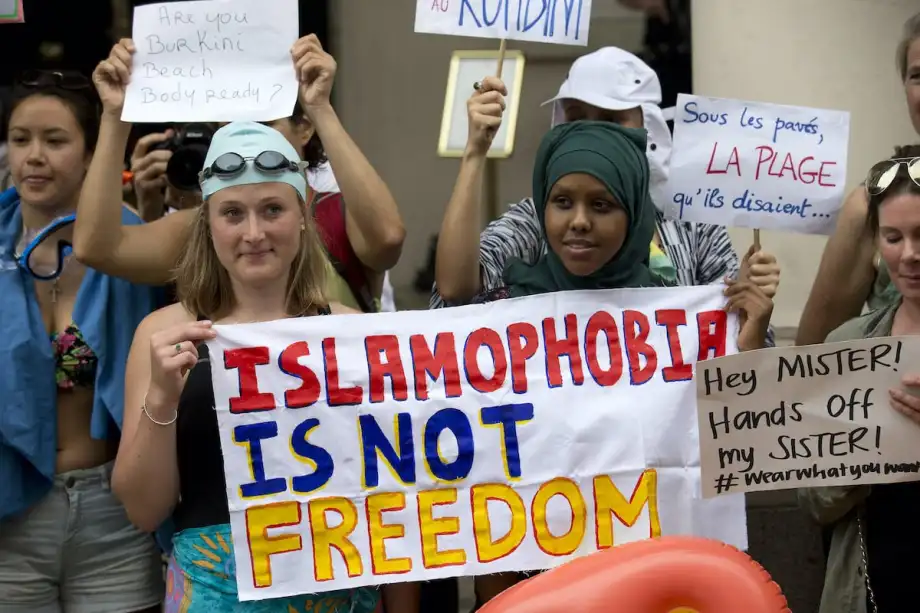
Open Borders, Parallel Lives
A major outcome of these policies has been the growth of segregated Muslim areas, especially in parts of Europe. In the name of multiculturalism, leaders on the left backed large-scale migration from Muslim-majority countries with little insistence on integration. Sweden, Germany, France, and the United Kingdom each saw districts where Islamic norms prevail and mainstream expectations lose ground.
Sweden, once seen as a model for progressive rule, is a case often cited. Reports refer to “no-go zones” in cities like Malmö and Stockholm. These districts, with heavy migration from the Middle East and North Africa, are portrayed as hard to police and resistant to state authority.
Commentators link higher rates of violent crime and sexual assault to poor integration and cultural divides. In 2023, Sweden was reported to have seen a 30% rise in violent crime in migrant-heavy areas compared with a decade earlier, sparking anger over border and policing policy.
France’s banlieues tell a similar story. The 2005 riots after the deaths of two teenagers exposed deep fractures between the state and immigrant districts. Later attacks on police and public buildings reinforced concerns about cohesion.
In the UK, parts of London, such as Tower Hamlets, and areas of Birmingham, have seen the growth of Sharia councils. These bodies issue guidance on family matters that can conflict with British law.
These divides did not appear by chance. They followed policies that put cultural relativism ahead of shared norms. Nervous about accusations of racism, officials often ignored practices that conflict with liberal values. Forced marriage, so-called honour crimes, and strict dress rules for women each sit in that category. By failing to demand integration, the left has boosted groups that resist the freedoms it claims to defend.
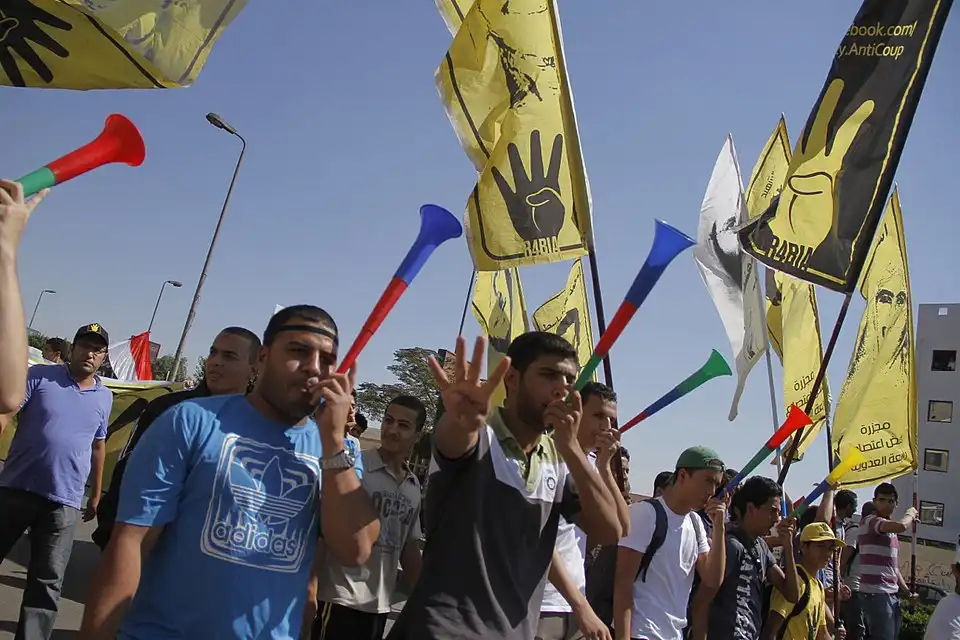
Turning Away from Western Norms
In many of these enclaves, leaders push not for integration but for the spread of Islamic standards. Sharia’s influence has grown in some places, with calls for its use in family and civil disputes. In the UK, Sharia councils have issued rulings on divorce, custody, and inheritance. Critics say these rulings sideline women’s rights and clash with British legal principles.
Cultural resistance reaches beyond the courts. Pew Research surveys in Germany in 2022 found that many first-generation Muslim migrants view Islamic values as superior to Western ones.
Around 40% of Muslim respondents said Sharia should outrank secular law on family and moral issues. Similar views appear in France, Belgium, and the Netherlands, where large Muslim populations express distrust of free speech protections and gender equality as liberal ideals.
This resistance shows up in daily life. Some newcomers avoid the local language and set up separate institutions. Islamic schools and mosques sometimes promote conservative teaching and limited contact with wider society.
In Sweden, critics accused certain Islamic schools of separating girls and boys, discouraging ties with non-Muslims, and favouring religious instruction over secular study. Such practices deepen isolation and lock in division across generations.
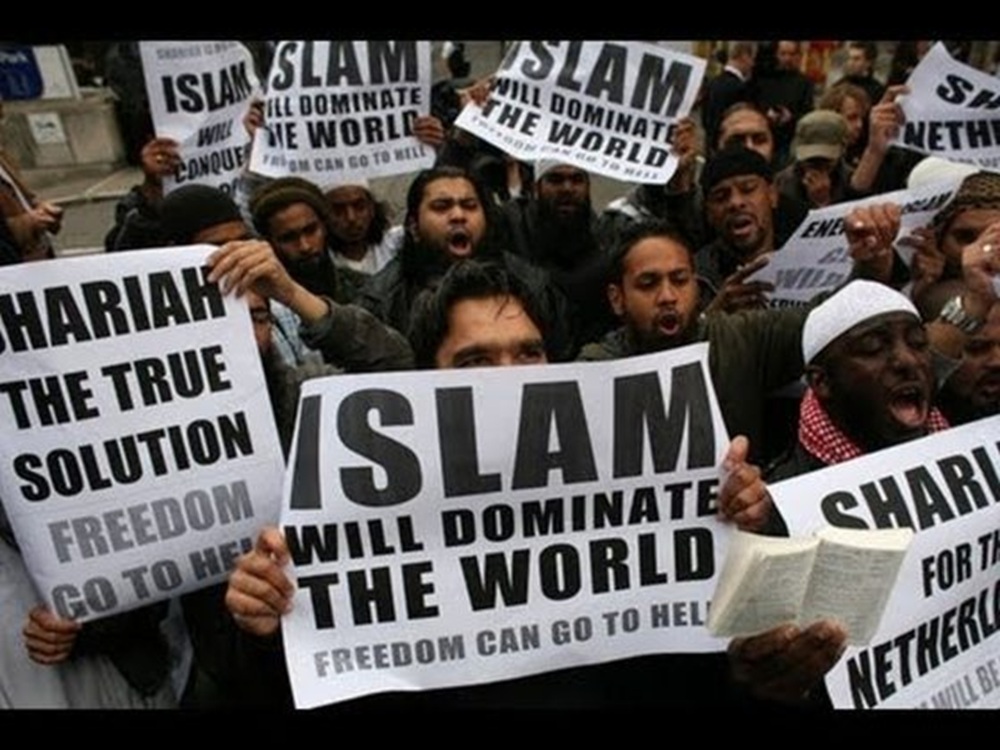
A Blind Spot that Weakens the Message
The left’s support for conservative Islamic communities exposes a deep inconsistency. By branding Muslims as an oppressed bloc, activists sidestep issues where traditional Islamic norms collide with progressive aims. Feminists who attack patriarchy in Western culture often avoid criticizing similar structures in conservative Islamic teaching.
LGBTQ groups that demand acceptance for non-binary people rarely address the danger faced by queer Muslims in both Muslim-majority countries and conservative Western communities.
This selective concern erodes trust. When leaders defend the hijab as a pure choice, they often ignore social pressure. A 2021 European Network Against Racism study reported that 60% of hijab-wearing Muslim women in France felt pushed by family or community to wear it. Yet critics of compulsory veiling are often dismissed as Islamophobic, closing debate and splitting the feminist movement.
The same pattern appears on LGBTQ issues. In 2019, protests by Muslim parents in Birmingham against LGBTQ-inclusive lessons showed the conflict between progressive goals and traditional beliefs. Many on the left chose to avoid the fight, putting a fragile alliance ahead of commitments to equality in education.
The Electoral Cost
The political bill for this strategy is growing. A focus on multiculturalism over integration has alienated parts of the working class. Many feel their culture, safety, and economic prospects are being ignored. Across Europe, this has fed populist and nationalist parties that promise to fix border control and restore order. Alternatives for Germany, France’s National Rally, and the Sweden Democrats have all grown by speaking to these concerns.
In the United States, the pattern is subtler but present. Figures such as Ilhan Omar and Rashida Tlaib speak for Muslim inclusion, yet face criticism for downplaying rights abuses in some Muslim-majority states. That double standard puts off moderate voters who want a consistent defence of liberal values.
The trend showed in the 2024 European Parliament elections. Parties on the right made major gains as migration and identity led the debate. Marine Le Pen’s National Rally took around 30% of the vote in France. AfD rose to second place in several German states. Voters signalled that they see the left’s priorities as distant from their own.

A Movement at Risk of Undoing Itself
The radical left’s alliance with conservative Islam may prove self-defeating. Backing groups that reject progressive norms risk losing feminists, LGBTQ activists, and gender nonconformists who fear a rollback of rights. Its refusal to confront the social strains caused by parallel communities has handed a narrative to opponents who promise security and cohesion.
There is an irony here. In seeking to dismantle Western traditions, the left has empowered a force that can weaken its own agenda. Without an honest reckoning with the clash between progressive ideals and conservative Islamic doctrine, the movement will keep bleeding support. Segregation will deepen, culture wars will harden, and populist rivals will grow stronger.
To survive, the left must match its talk of diversity with a clear defence of liberal principles. It must insist on integration, equal rights under one law, and open debate on coercive practices. Anything less risks ceding ground to opponents and losing the trust of the very people it claims to represent.
Related News:
Mosque Fire in Spain Highlights Growing Anti-Muslim Tensions
News
Peace Prize Awared to Venezuela’s María Corina Machado

OSLO, Norway — The Norwegian Nobel Committee awarded the 2025 Nobel Peace Prize to María Corina Machado on Friday, a clear nod to democratic resistance and a quiet rejection of one of the world’s most divisive leaders. The Venezuelan opposition figure has inspired millions with a hard-line stance against Nicolás Maduro’s rule.
The announcement, buzzed about through betting chatter and political whispers, recognizes her drive for free elections and civil rights in a country crushed by repression, economic ruin, and widespread abuses. The timing, only days after U.S. President Donald J. Trump announced a delicate Gaza ceasefire, set off heated debate. Critics say the committee ignored a major U.S. diplomatic move because of bias against Trump.
Machado, 56, an engineer and former lawmaker often called the Iron Lady of Venezuela, was honored for promoting democratic freedoms and pushing for a peaceful shift from dictatorship to democracy. The committee’s citation praised her persistence.
Speaking from a secure location in hiding, after evading Maduro’s forces since a disputed July vote, she fought back tears during a video call with Nobel Institute Director Kristian Berg Harpviken. “Oh my God… I have no words,” she said, her voice breaking.
Machado Lives in Constant Danger
She has survived threats, attempts on her life, and a sweeping manhunt. Later on X, formerly Twitter, she dedicated the award to “the suffering people of Venezuela” and thanked Trump for “decisive support of our cause,” linking her struggle to the U.S. president’s foreign policy efforts.
The choice highlights her influence within a split opposition. Banned from running in the 2024 presidential race on contested corruption claims, she backed Edmundo González Urrutia.
His apparent win was tossed by Maduro’s electoral body, a move condemned by the U.S., the European Union, and many in Latin America. Her nationwide organizing kept nonviolent resistance alive, with huge rallies despite violent crackdowns. More than 7 million people have left Venezuela since 2015, creating one of the largest displacement crises outside war.
“Venezuela’s tragedy is a warning to the world about how peace collapses when democracy weakens,” said Jørgen Watne Frydnes, the committee’s chair, at the Oslo event.
He said Machado reflects the goals in Alfred Nobel’s will: fraternity between nations, disarmament, and convening peace efforts. “She unified a fragmented opposition and stood firm against the militarization of Venezuelan society,” he added.
The award carries 11 million Swedish kronor, about 1.05 million dollars, and will be presented on December 10 in Oslo. Her attendance is unclear, given her status as a fugitive under Maduro’s rule.
Trump Overshadowed
The honor also overshadowed the name that dominated prediction lists for months, President Trump. The 45th and 47th U.S. president, now in a second term, had pressed their case for recognition, calling their record unmatched on global stability.
This week, he announced a U.S.-brokered first phase ceasefire in Gaza, with hostage releases and aid routes, and called it the end of “the forever war in the Middle East.” Earlier this year, his team helped cool tensions between India and Pakistan.
He also leveled tough sanctions on Russian oligarchs, which supporters say nudged Moscow toward talks on Ukraine. Supporters described a scenario where he ends conflicts from Yemen to Sudan, then launches a “Global Harvest Initiative” to end hunger. Even in that case, they argue, the committee would still pass him over, given its past decisions.
Backers say this view comes from a history of bias. The Norwegian Nobel Committee, made up of former Norwegian politicians, is often cast as Eurocentric and progressive. Critics point to mixed calls over the years, from the controversy around Henry Kissinger’s award in 1973 to Barack Obama’s 2009 prize for diplomacy early in his first term.
Trump’s blunt style, “America First” approach, and exit from the Paris climate accord clashed with the committee’s emphasis on multilateral cooperation. People familiar with the nomination process, speaking on background, said Trump’s Gaza work drew attention among allies, but worries about trade wars and inflammatory rhetoric weighed more. “For them, peace is not just about stopping wars, it is about values,” said one diplomat in Oslo.
Trump Deserves Credit
Expectation around Trump was high, fueled partly by Trump himself. At a May rally in Ohio, he said, “I’ve done more for peace than anyone since Carter, maybe Wilson. The Nobel? It’s coming, folks, believe me.” Allies, including Sen. Marco Rubio, pushed a nomination letter calling him “the dealmaker the world needs.” Machado also credited Trump’s sanctions for weakening Maduro’s grip in earlier interviews.
A September Pew Research poll found that 62 percent of Americans thought Trump deserved credit for Middle East progress, a view echoed in conservative media. Betting markets then swung to Machado overnight, from single digits to heavy favorite, prompting a probe into potential leaks. After the announcement, the White House responded briefly, “While we congratulate Ms. Machado, this decision places politics over peace.”
Anger on the left toward Trump has soared after his 2024 win and battles over the Supreme Court. Progressive outlets like The Guardian dismissed his nomination as self-promotion. European NGOs lobbied the committee with petitions against him.
A 2025 YouGov survey found unfavorable views among U.S. liberals at 92 percent, near post-Watergate Nixon levels. In Oslo’s political circles, that mood translated into a flat no. “The committee values quiet heroism over bombast,” a spokesperson said. Critics called it elitist gatekeeping.
Trump Congratulates Machado on Peace Prize
Despite the snub, Trump made a courteous move. According to CBS News, he called Machado on Friday evening to congratulate her. “You deserve this more than anyone. Keep fighting, and know America’s got your back,” he told her. He then reposted her message on Truth Social, writing, “Honored. María is a warrior for freedom.
Together, we’ll make Venezuela great again!” The exchange showed a rare pairing, Trump’s hard-nosed approach aligning with Machado’s moral stand. Francisco Palmieri, the U.S. Ambassador to the OAS, said the call showed “strategic solidarity” against authoritarian rulers in the region.
The news ricocheted across Venezuela. State media in Caracas called the award a “right-wing plot.” Opposition areas erupted in cautious celebration, with fireworks in Maracaibo and graffiti in Valencia reading, “María Nobel, Maduro Out.”
The decision will likely sharpen calls to isolate Maduro. The EU signaled new sanctions, and Brazil’s President Lula da Silva urged dialogue, despite his reluctance to confront Maduro. For exiles in Miami and Madrid, the prize felt like vindication after years of hunger, hyperinflation, and mass arrests.
As attention shifts to the ceremony, Machado’s path stands out. She is a mother of two who left business life for street protests and daily risk. Her prize is not just a medal, it is a signal boost for Venezuelans who feel forgotten.
Trump, ever mindful of status, may bristle at the outcome. Yet in Machado’s public thanks, he found a nod to his role. In a world still scarred by conflict, the award suggests that defenders of democracy, not only dealmakers, help light the way.
Related News:
Trump’s Ukraine Peace Push Met with Mainstream Media Maelstrom
-

 News3 weeks ago
News3 weeks agoPeace Prize Awared to Venezuela’s María Corina Machado
-
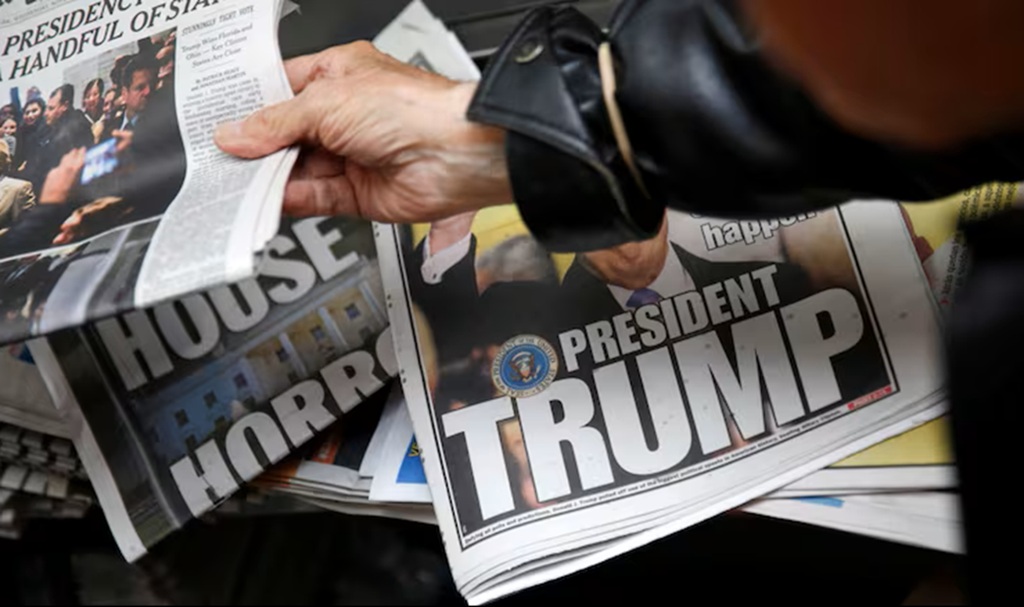
 News2 months ago
News2 months agoTrump’s Ukraine Peace Push Met with Mainstram Media Maelstrom
-
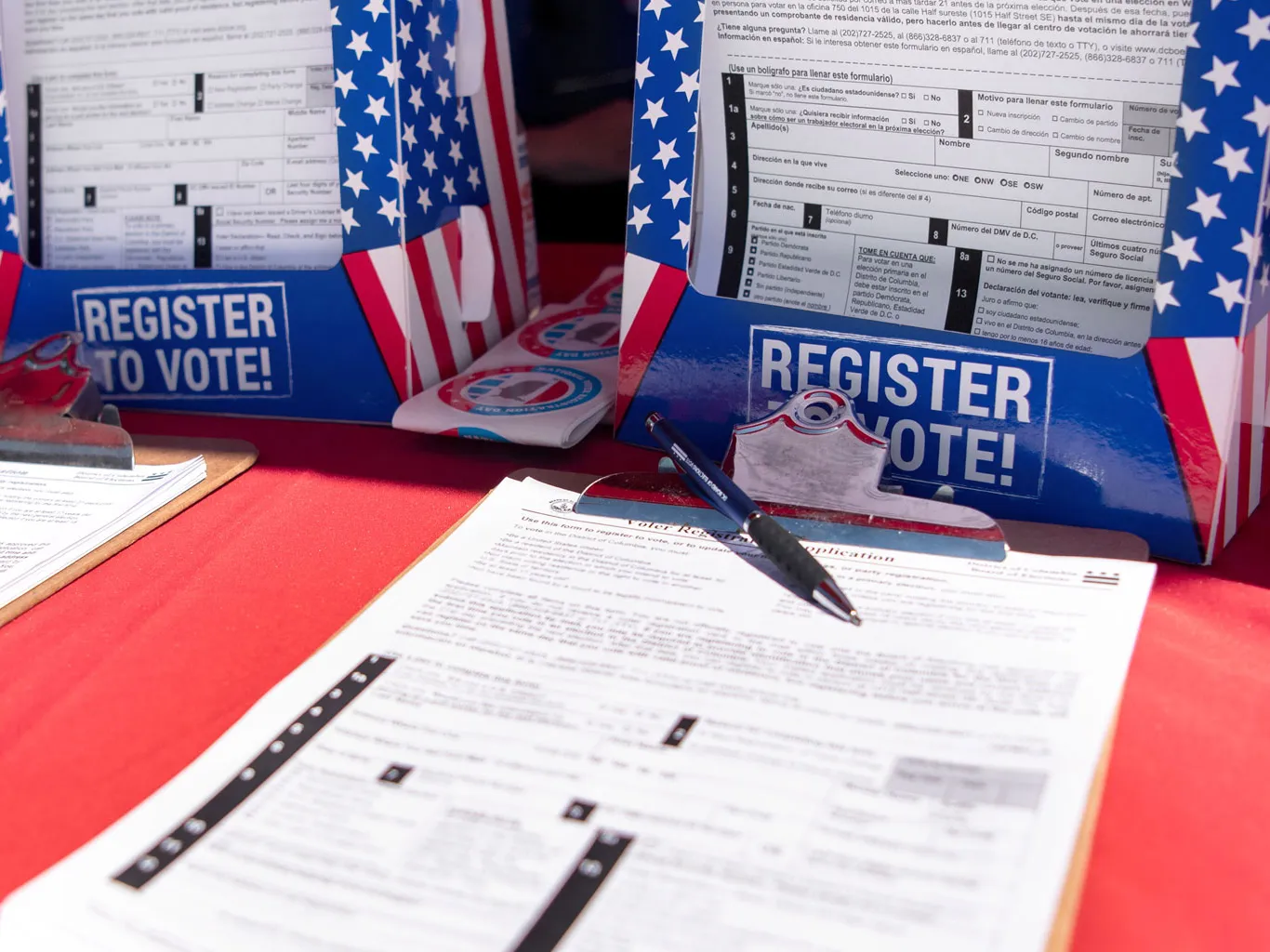
 News2 months ago
News2 months agoDemocratic Party is Facing an Existential Crisis as it Hemorrhages Voters
-
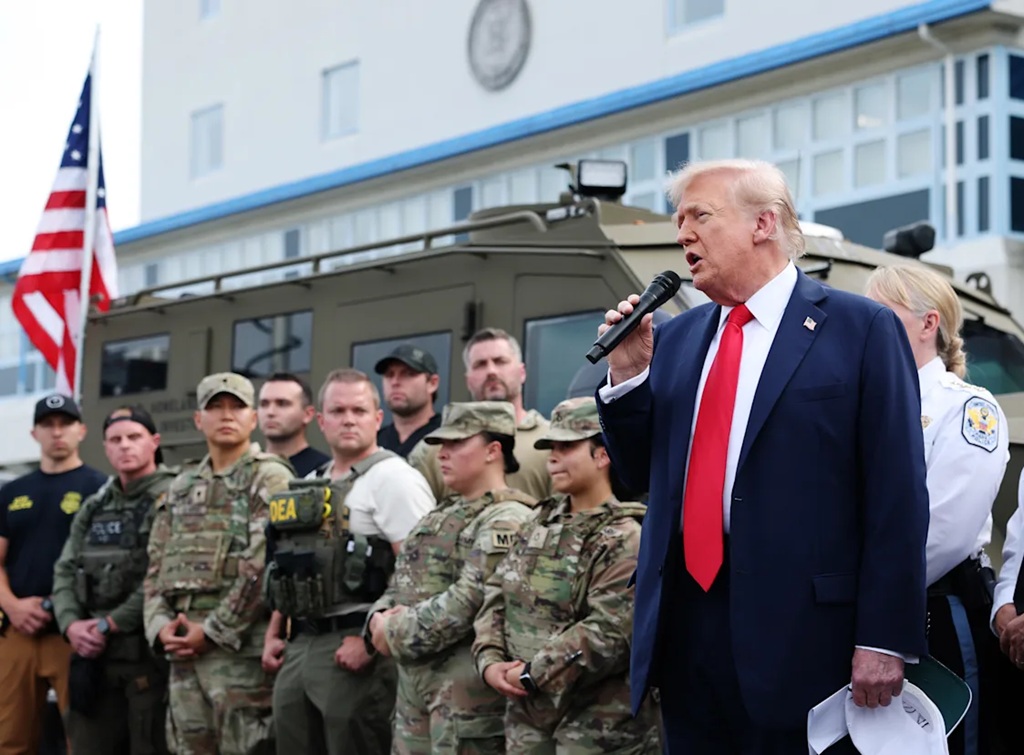
 News2 months ago
News2 months agoDemocrat Mayors Reject Trump’s Help as Crime Explodes in Blue Cities
-

 Politics3 weeks ago
Politics3 weeks agoFar Left Socialist Democrats Have Taken Control of the Entire Party
-

 Politics3 weeks ago
Politics3 weeks agoHistorian Victor Davis Hanson Talks on Trump’s Vision for a Safer America
-
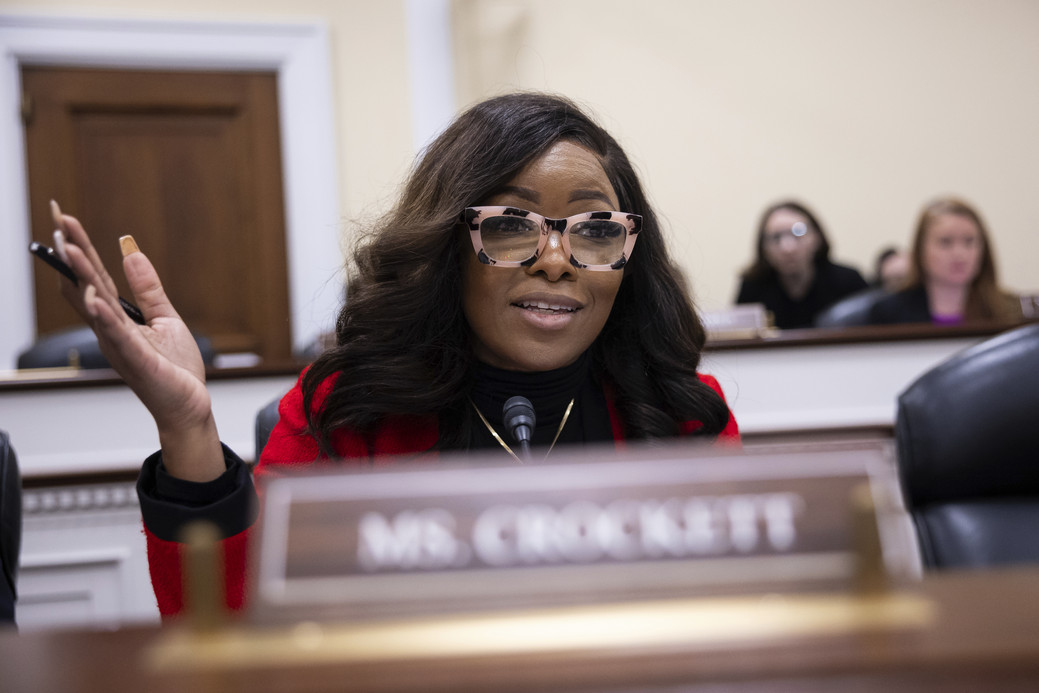
 News2 months ago
News2 months agoJasmine Crockett Faces Backlash as Texans Question Her Authenticity and Conduct
-
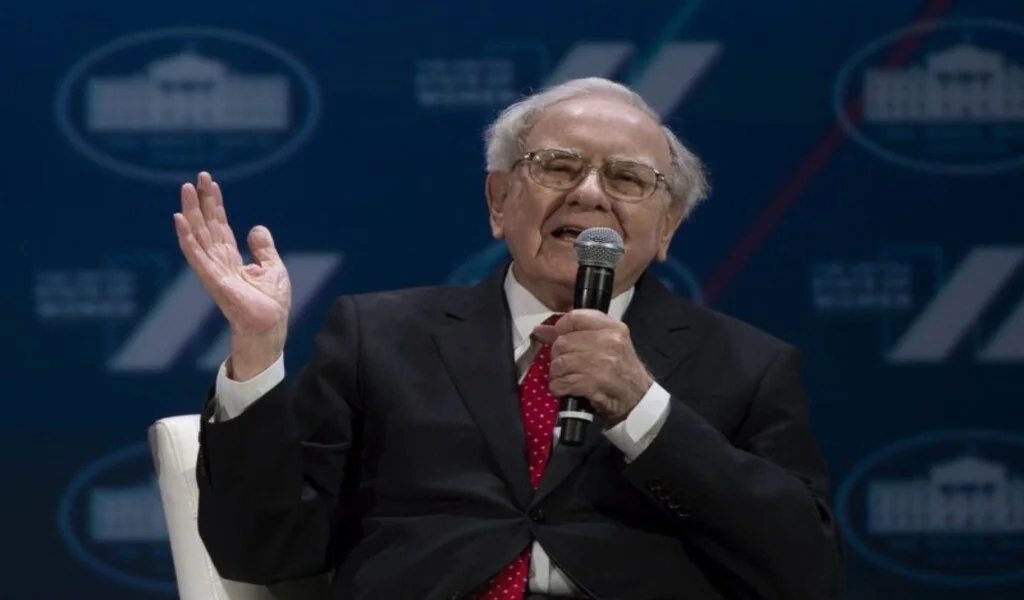
 News3 months ago
News3 months agoThe Profits of Warren Buffett’s Berkshire Hathaway Declined by 3.8%

